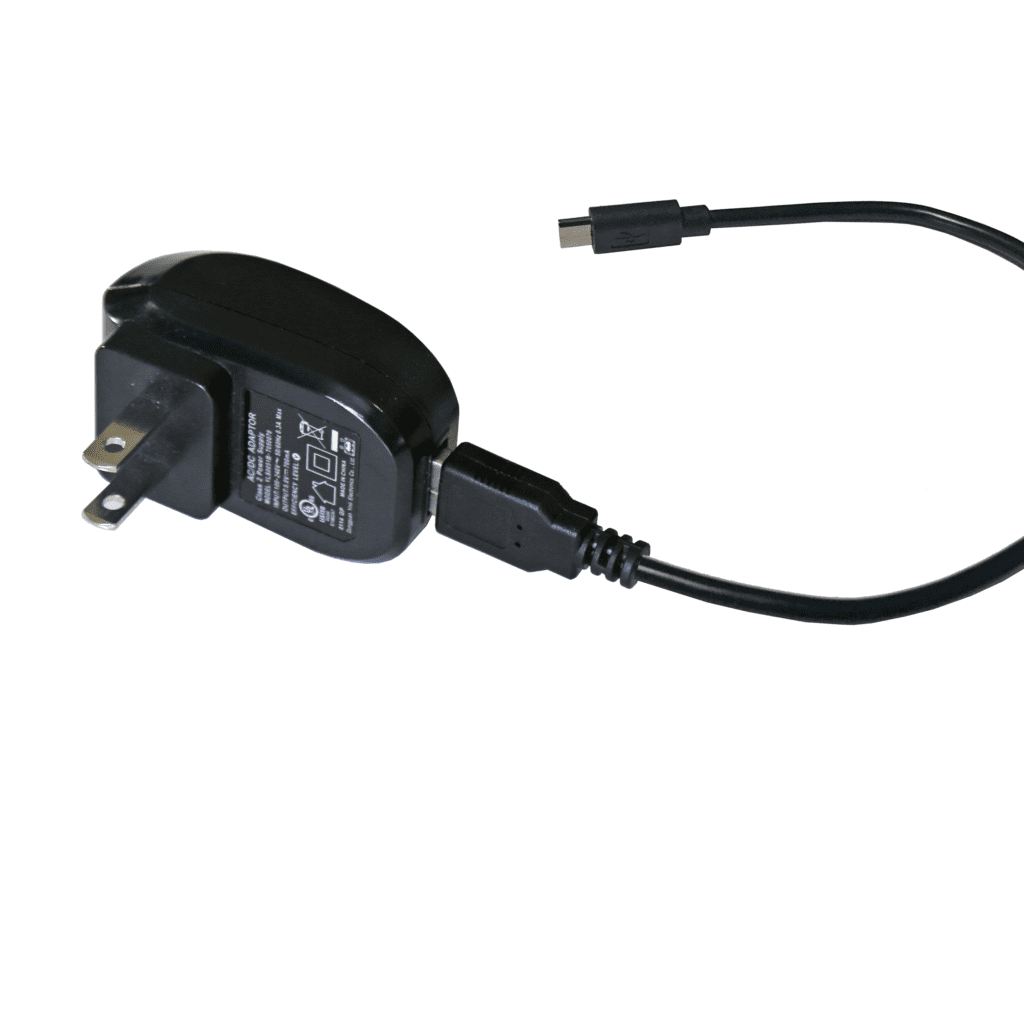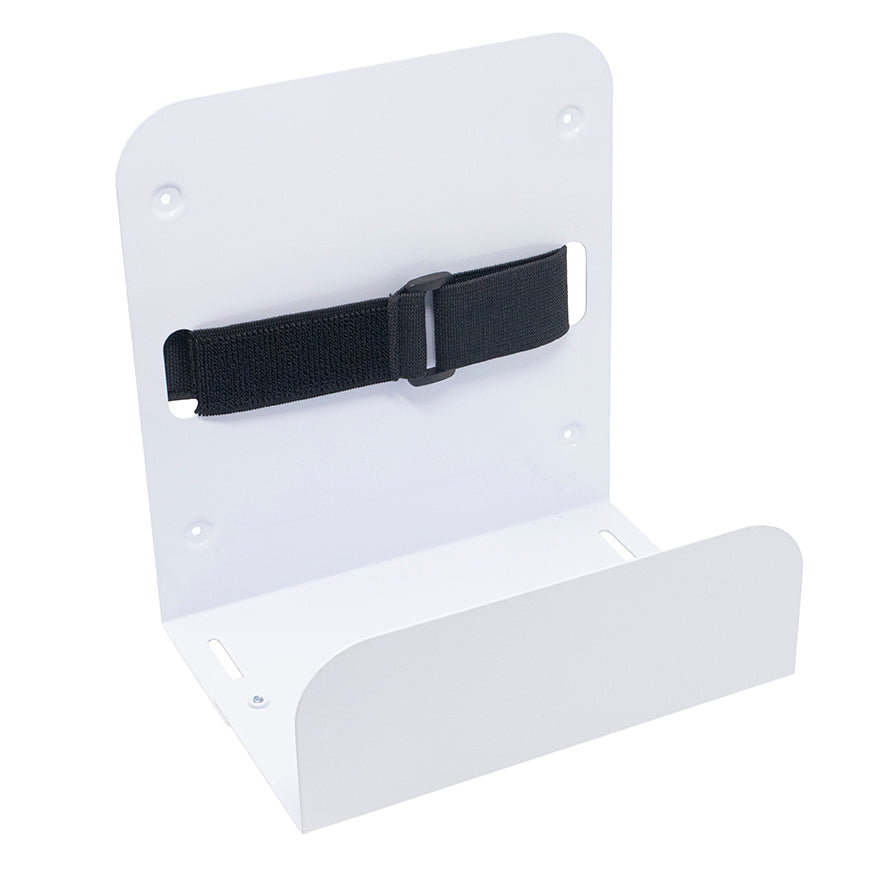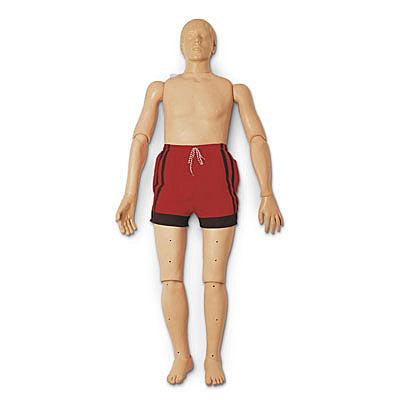On Mar. 9 a Harlem line train departed Grand Central Station at 5:09 p.m., but this rush-hour commute was unlike nearly all other train rides back to Westchester and points north.
One of the passengers, a 43-year-old Hawthorne man, was suffering a cardiac arrest. According to one account, another passenger who identified himself as a doctor, administered CPR and yelled out for an automated external defibrillator (AED) to shock the man’s heart back into a normal rhythm.
But there was no defibrillator on the train. Instead, MTA police responded to the next stop – 125 Street – where trained personnel waited for the train to arrive, according to a report from the MTA.
For the stricken passenger, it was too late. He was rushed by EMS and the FDNY to Harlem Hospital, the MTA stated. He was later pronounced dead.
Since Jan. 2, when Buffalo Bills safety Damar Hamlin collapsed on national television following a blow to the chest in an on-field collision with an opposing player, awareness about CPR training and the use of defibrillators skyrocketed. Trained personnel responded to Hamlin within seconds and quickly stabilized him before rushing him to the hospital.
However, the United States has a patchwork of regulations across the 50 states when it comes to requirements for AEDs in public places. In New York, similar to some other states, every school must have AEDs and CPR/AED-trained personnel in sufficient numbers to ensure the device is used properly. The AEDs and AED-trained employees must be present at all school-sponsored activities and athletic contests.
Furthermore, beaches and pools with lifeguards are required to have an AED, and state buildings must provide and maintain a sufficient supply of AEDs and trained operators.
But there are no requirements for public transportation.
The American Heart Association advocates for widespread distribution of AEDs, but that is easier to say than to accomplish, said Mark Hurley, vice president of communications for the Greater New York & New York City chapter of the organization. People need to be trained in CPR and know how to use the AED to be effective, he said.
“We’d like them in as many places that we can get them because we do know they save lives, the CPR and the AED,” Hurley said. “If they’re readily available, we know they’re going to save lives.”
He explained that CPR can help keep a stricken individual alive until the AED can be brought to the scene and deployed. But even if CPR is properly administered, for every minute there is no defibrillator during a cardiac arrest, the person’s chance of survival diminishes by about 10 percent, he said.
The American Heart Association estimates that about 350,000 people a year suffer cardiac arrest outside of a hospital each year in the United States.
An MTA spokesman said because the distance between most train stations is minimal, the approach to medical emergencies is to have local EMS personnel at stations, rather than have defibrillators on trains. Train crews notify the Operations Control Center, which alerts local emergency personnel, said Eugene Resnick, the MTA’s deputy communications director.
At Grand Central, the Fire Brigade is the first responder to medical emergencies and has access to AEDs, which are located throughout the facility, he said.
Additionally, defibrillators are issued to MTA police officers at patrol sectors who can quickly arrive at the scene. There are 180 defibrillators throughout the MTA system.
“Thankfully, incidents like the tragic one (last month) are extremely rare,” Resnick said.
In New Jersey, there is also no requirement for bus and train operators to have a defibrillator on board, an NJ Transit spokesperson confirmed.
Late last month, a bipartisan group of congressional members introduced the Access to AEDs Act in the House to cover the cost of training personnel and for acquiring the defibrillators for schools. Some states still do not have that requirement for schools to follow.
Since his startling on-field episode, Hamlin has partnered with the American Heart Association to increase CPR training throughout the country.
For Hurley, having a defibrillator available on mass transit seems like a good idea.
“Maybe you do need one in each train,” he said. “Maybe the conductors are trained in how to use them.”














